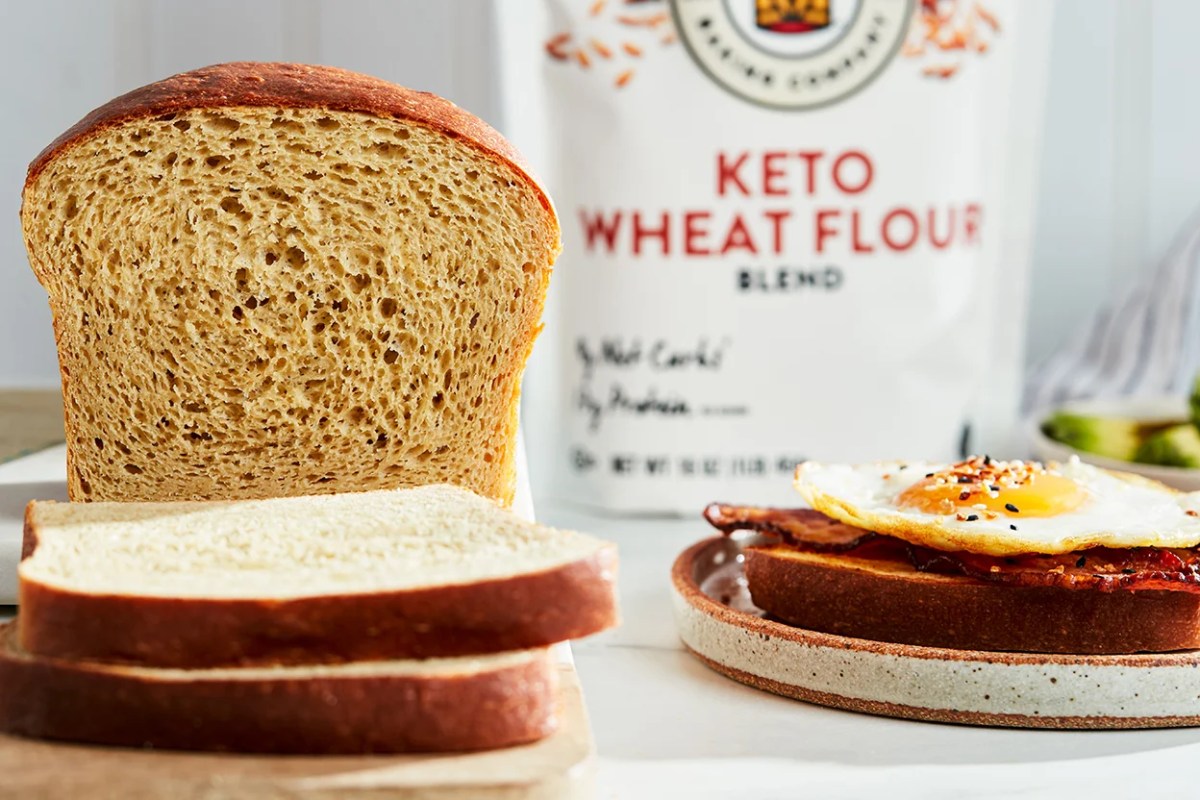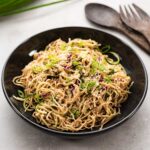Craving the comforting crunch of bread on a ketogenic diet? The struggle is real. But what if I told you that perfectly acceptable, even delectable, bread alternatives are within your reach, all from the comfort of your own kitchen? Forget bland, store-bought imitations; this journey unveils the secrets to crafting keto bread that rivals – and even surpasses – its carb-laden counterparts. Prepare to experience fluffy almond flour loaves, delicate coconut flour creations, and the ethereal lightness of cloud bread, all bursting with flavor and free from the guilt.
Making your own keto bread offers unparalleled control over ingredients, ensuring quality and freshness. You can experiment with herbs, spices, and seeds to personalize your loaves, catering to your unique palate and dietary needs. This guide provides not only foolproof recipes but also invaluable tips and tricks to guarantee keto baking success, turning your kitchen into a haven of low-carb culinary creativity.
Introduction to Keto Bread Alternatives

The ketogenic diet, a high-fat, low-carbohydrate eating plan, has exploded in popularity, transforming countless lives with its potential for weight loss and improved metabolic health. However, one significant challenge for those embracing this lifestyle is the absence of traditional bread. The comforting textures and familiar flavors of bread are often sorely missed, leading many to search for satisfying alternatives. This exploration delves into the realm of homemade keto bread, revealing simple and delicious recipes that recapture the joy of bread without derailing your keto journey.
Making keto bread at home offers numerous advantages beyond simply finding a suitable substitute. You gain complete control over the ingredients, ensuring high-quality, fresh components free from hidden sugars and artificial additives often found in store-bought options. This control allows for customization to your exact preferences, from the type of flour to the inclusion of herbs and spices, resulting in a personalized culinary experience.
Homemade keto bread frequently surpasses store-bought alternatives in both taste and nutritional profile. Commercially produced keto breads often compromise on texture and flavor to achieve a low-carb count, resulting in a less-than-satisfying experience. By crafting your own bread, you can achieve a superior taste and texture, using ingredients that contribute to a more balanced nutritional profile. The result is a bread that is not just keto-friendly but also genuinely delicious and satisfying.
Keto Bread Flour Options
Several flour options are ideal for creating a keto-friendly bread that boasts both texture and flavor. Almond flour, with its delicate, slightly sweet taste, provides a tender crumb. Coconut flour, known for its absorbent properties, lends a slightly denser texture and a subtle coconut flavor that complements many savory and sweet applications. A blend of these flours, or the incorporation of other keto-friendly flours such as flaxseed meal or sunflower seed meal, can further enhance the final product’s characteristics. Experimentation is key to discovering your preferred flour combination and achieving your ideal bread texture. The visual difference is striking: almond flour produces a lighter, almost cake-like crumb, while coconut flour yields a more compact, slightly denser loaf. The color also varies, with almond flour resulting in a lighter, almost beige loaf, and coconut flour producing a slightly darker, more golden-brown bread.
Essential Ingredients Beyond Flour
Beyond the choice of flour, several key ingredients contribute significantly to the success of your keto bread. Eggs act as a binding agent, providing structure and richness. Cheese, particularly cheddar or mozzarella, adds a delightful savory flavor and contributes to the moistness of the loaf. Psyllium husk powder, a soluble fiber, helps create a more bread-like texture, improving elasticity and reducing crumbliness. Finally, baking powder acts as a leavening agent, creating a light and airy texture. The visual impact of these ingredients is subtle yet crucial; the eggs contribute to a golden-brown crust, while the cheese melts into creamy pockets within the bread, and the psyllium husk powder works invisibly to bind the ingredients together, preventing a dry or crumbly final product.
Flavor Enhancements and Recipe Variations
The beauty of homemade keto bread lies in its versatility. Incorporating herbs, spices, and seeds allows for endless flavor variations. Italian herbs such as oregano, basil, and rosemary create a fragrant and savory loaf, perfect for accompanying soups or stews. Adding seeds like chia or flax provides extra nutritional value and a pleasant textural contrast. For a sweeter bread, incorporating cinnamon, nutmeg, or even a touch of stevia or erythritol can create a delicious alternative to traditional sweet breads. The visual appeal of these additions is significant; herbs add flecks of vibrant green, while seeds provide tiny specks of brown or black, and spices can introduce warm tones and color variations to the finished product. Imagine a loaf speckled with seeds and infused with the aromatic fragrance of herbs, a far cry from the blandness of many store-bought keto bread alternatives.
Embarking on the keto journey doesn’t mean sacrificing the simple pleasure of bread. By mastering these homemade keto bread alternatives, you unlock a world of culinary possibilities. From the nutty depth of almond flour to the subtly sweet embrace of coconut flour and the airy wonder of cloud bread, each recipe offers a unique textural and flavor experience. Remember the key is precision in measurements and understanding the role of each ingredient. With practice, you’ll be crafting perfectly textured, mouthwatering keto bread that will leave you wondering why you ever settled for anything less.
Query Resolution
Can I freeze keto bread?
Yes! Wrap individual slices tightly in plastic wrap and then place them in a freezer-safe bag or container. They can be stored for up to 3 months.
What if my keto bread is too crumbly?
This often indicates insufficient moisture. Try adding a tablespoon or two more of egg or liquid (e.g., unsweetened almond milk) next time.
Are there any gluten-free options besides almond and coconut flour?
Yes, you can experiment with other gluten-free flours like flaxseed meal or sunflower seed flour, but you might need to adjust liquid ratios for optimal texture.
How long does homemade keto bread last at room temperature?
Store homemade keto bread in an airtight container at room temperature for up to 3 days. It’s best enjoyed fresh, but it will remain edible for a short time.


